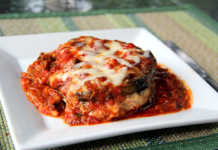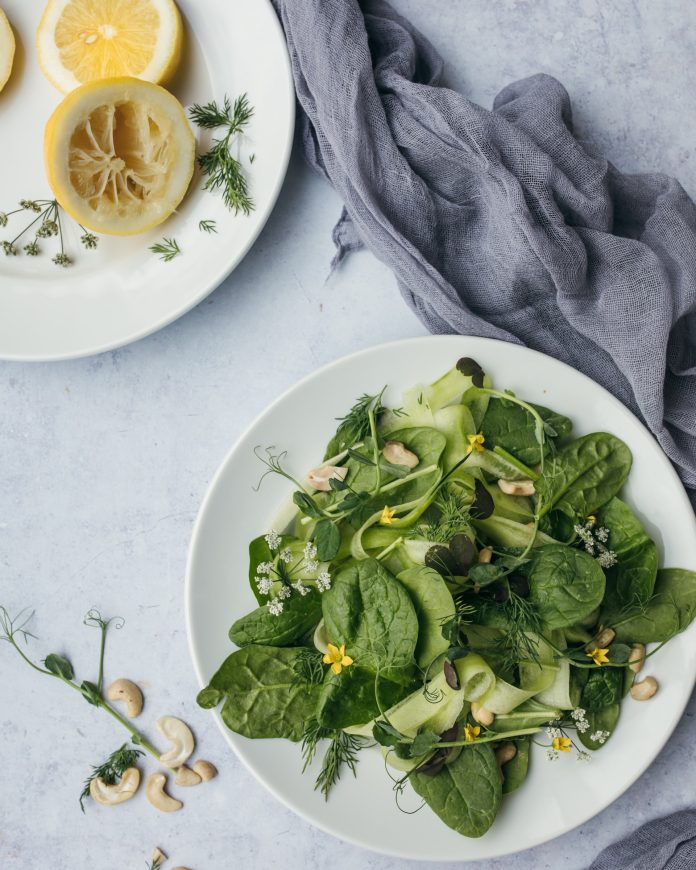The art of food pairing is more than just combining ingredients; it’s a science that involves understanding how flavours interact and complement each other. The concept of food pairing is based on the principle that certain flavours and ingredients harmonise and enhance each other, creating a delightful sensory experience. Exploring the science behind food pairing opens up a world of possibilities for creating flavourful combinations that tantalise the taste buds.
One of the fundamental principles of food pairing is the concept of flavour profiles. Each ingredient has its unique flavour profile, which consists of various taste elements such as sweet, sour, salty, bitter, and umami. By understanding the balance and intensity of these taste elements, chefs and food enthusiasts can create harmonious flavour combinations. For example, pairing a sweet and acidic ingredient, like strawberries and balsamic vinegar, creates a contrast that elevates the overall flavour profile of a dish.
Another aspect of food pairing is the concept of flavour affinities. Certain ingredients naturally complement each other due to shared flavour compounds or similarities in taste profiles. For instance, the classic combination of tomatoes and basil works so well because both ingredients contain a compound called methyl cinnamate, which imparts a pleasant aroma and flavour. Exploring these flavour affinities opens up a world of possibilities for creating innovative and flavourful dishes.
The science of food pairing has been further advanced with the help of technology and data analysis. Chefs and researchers have used techniques such as flavour pairing maps and computational analysis to identify potential flavour combinations. Websites and mobile apps like “Foodpairing” and “FlavorBible” provide valuable resources for exploring and experimenting with different ingredient combinations based on scientific principles.
By understanding the science of food pairing, chefs and home cooks can unleash their creativity and take their culinary creations to new heights. It allows for the exploration of unique and unexpected combinations, creating exciting flavour experiences. Whether it’s pairing contrasting flavours for balance or discovering complementary ingredients based on shared compounds, the art of food pairing offers endless possibilities for creating memorable and flavourful dishes.

![5 Reasons You Should Travel Alone Airplane [image source: chau nguyen/ http://thedevilhatessweatpants.blogspot.com.au ], crowd ink, crowdink, crowdink.com, crowdink.com.au](https://crowdink.com/wp-content/uploads/2016/08/Chau-airplane-218x150.jpg)




























![5 Reasons You Should Travel Alone Airplane [image source: chau nguyen/ http://thedevilhatessweatpants.blogspot.com.au ], crowd ink, crowdink, crowdink.com, crowdink.com.au](https://crowdink.com/wp-content/uploads/2016/08/Chau-airplane-100x70.jpg)


